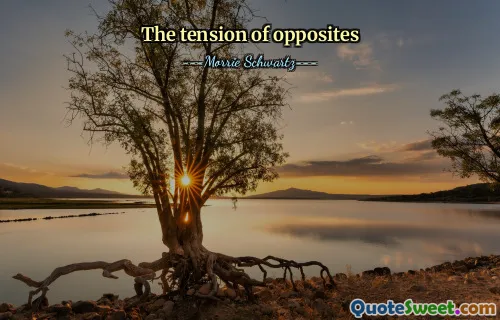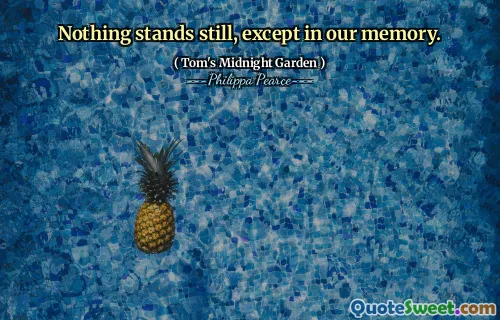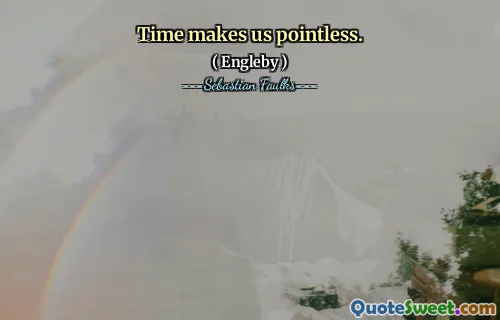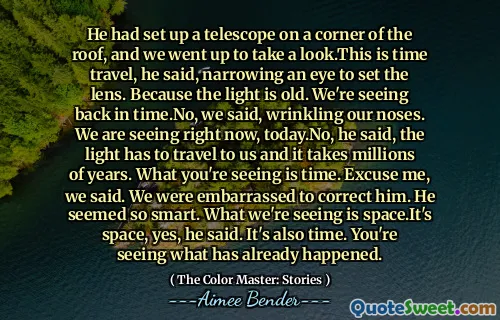
A great artist is always before his time or behind it.
This quote by George Edward Moore explores the timeless nature of true artistry and its relationship with societal progress. The idea suggests that exceptional artists often seem disconnected from the immediate trends of their era, either pioneering concepts far ahead of their time or remaining misunderstood, unrecognized, and perhaps even rejected long after their innovations. Such artists challenge the status quo and introduce new perspectives that may not be immediately appreciated but have the potential to influence future generations. Throughout history, figures like Vincent van Gogh, whose works gained popularity only after his death, serve as prime examples of artists who were ahead of their era, their revolutionary techniques and emotional depth too unconventional for their time. Conversely, some artists and writers seem to be aligned more with the prevailing sentiments of their period, thus appearing 'behind' the curve when viewed from a future perspective. This duality underscores the idea that genuine creativity often involves straddling the line between innovation and tradition. It prompts us to consider patience and insight when we evaluate artistic or inventive pursuits—recognizing that the worth of groundbreaking work might not be immediately visible. More broadly, the quote invites reflection on the importance of visionary thinking and resilience amid misunderstandings or rejection. Whether ahead of or behind the curve, these artists challenge us to reimagine what we deem valuable or 'timely' in cultural and societal contexts. They remind us that progress sometimes requires waiting for perceptions to catch up, emphasizing the enduring legacy of true originality.











